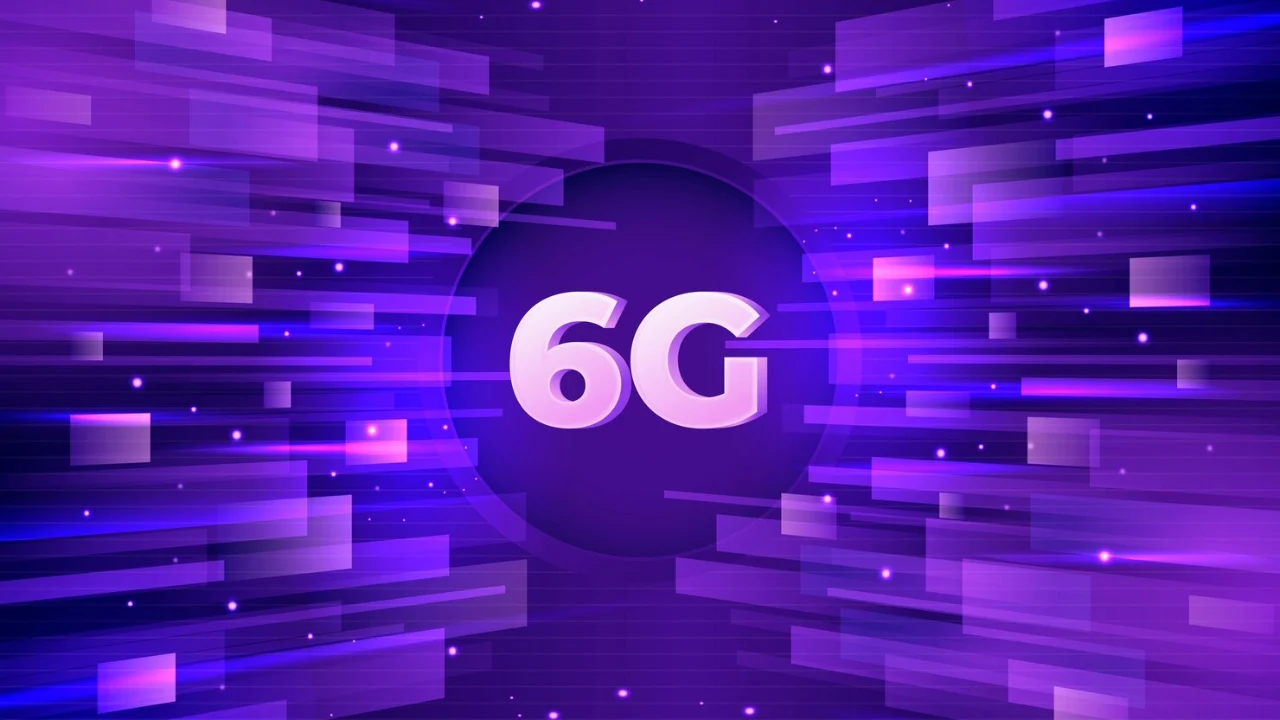In the last few years, India has experienced a remarkable transformation in mobile connectivity. From the days of slow 2G browsing to the lightning-fast 5G we have today, the journey has been incredible. Now, with 5G networks already spread across the country, affordable devices in every price segment, and millions enjoying high-speed internet, the question naturally arises – what’s next? The answer is 6G in India. While 5G still feels new, the next-generation technology is already on the horizon, promising to change the way we live, work, and interact with the digital world.
A Quick Recap: How We Got Here
Before we dive into the future, it’s worth looking back. When 3G arrived in India, it was the first step towards faster mobile internet. Adoption was slow, but it paved the way for 4G. Then came 2016, when Reliance Jio’s 4G launch completely disrupted the market, making high-speed internet accessible to millions at affordable rates.
5G’s story was different. This time, India adopted it much faster, just shortly after global markets rolled it out. Even though the world was dealing with the COVID-19 pandemic, telecom companies in India pushed forward, launching 5G services and expanding coverage at record speed. Within just a couple of years, 5G reached every corner of the country, and a flood of 5G-enabled smartphones hit the market.
What Exactly is 6G?
6G stands for the 6th Generation of mobile network technology. It’s the natural successor to 5G but with capabilities that will feel almost futuristic. The most noticeable difference will be speed – we’re talking about hundreds of gigabits per second. This will make downloading large files, streaming ultra-HD content, and running complex applications feel instant.
Latency, or the delay between sending and receiving data, will be practically zero. This might not sound like a big deal for casual browsing, but for advanced technologies, it changes everything.
How 6G Will Transform Technology
With 6G in India, we will see technologies like Extended Reality (XR), Augmented Reality (AR), and even real-time holograms becoming part of daily life. Imagine attending a live concert in hologram form from your living room or collaborating with your team in a fully immersive virtual environment without lag.
Healthcare could take a massive leap too. While remote surgeries are already possible with 5G, 6G will make them smoother and safer thanks to the near-zero latency. Brain-computer interfaces – where devices can directly communicate with human thoughts – could also become more reliable and widespread.
Another major change will be in transportation. Fully connected cars will be able to communicate with each other and with smart city infrastructure instantly, reducing accidents and improving traffic flow.
When Will 6G Arrive in India?
Globally, 6G is expected to roll out around 2030, and looking at how quickly India adopted 5G, we can expect the country to be among the early adopters again. Before the networks go live, we will start seeing 6G-ready devices entering the market, just like we saw with 5G smartphones a few years ago.
Economic Impact of 6G
When 5G launched, it boosted the tech market, app development, IoT, and e-commerce in a big way. 6G in India will likely have an even greater effect, creating new industries, revolutionizing existing ones, and opening up opportunities we can’t yet imagine. From smart manufacturing to AI-driven services, the possibilities are endless.
Final Thoughts
The arrival of 6G will not just be about faster internet; it will redefine how technology integrates into our daily lives. With speeds in the hundreds of Gbps and almost no latency, 6G will make futuristic concepts a reality. As India gears up for this next big leap, the digital landscape is set to become more immersive, intelligent, and interconnected than ever before.
Disclaimer: The information in this blog is based on current industry insights and projected trends. Actual timelines, features, and adoption rates for 6G in India may vary as technology develops.
